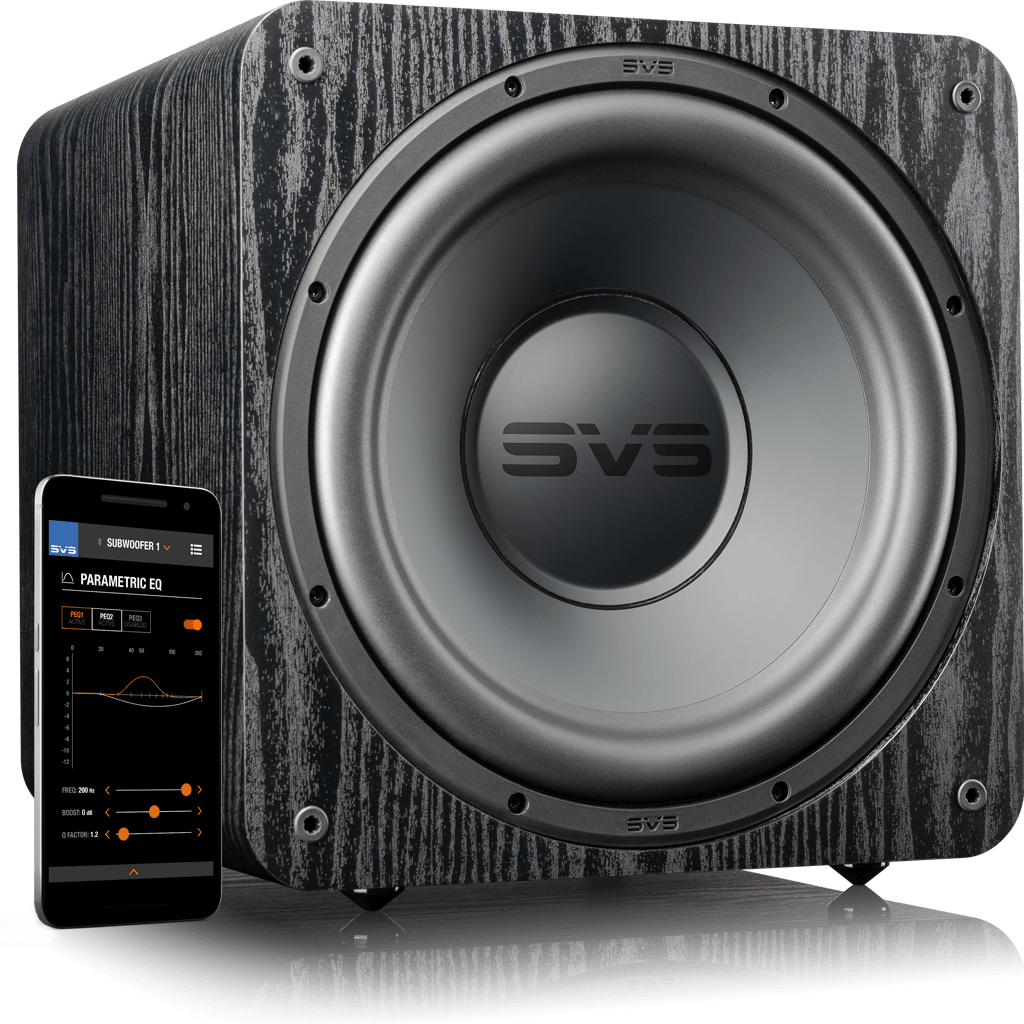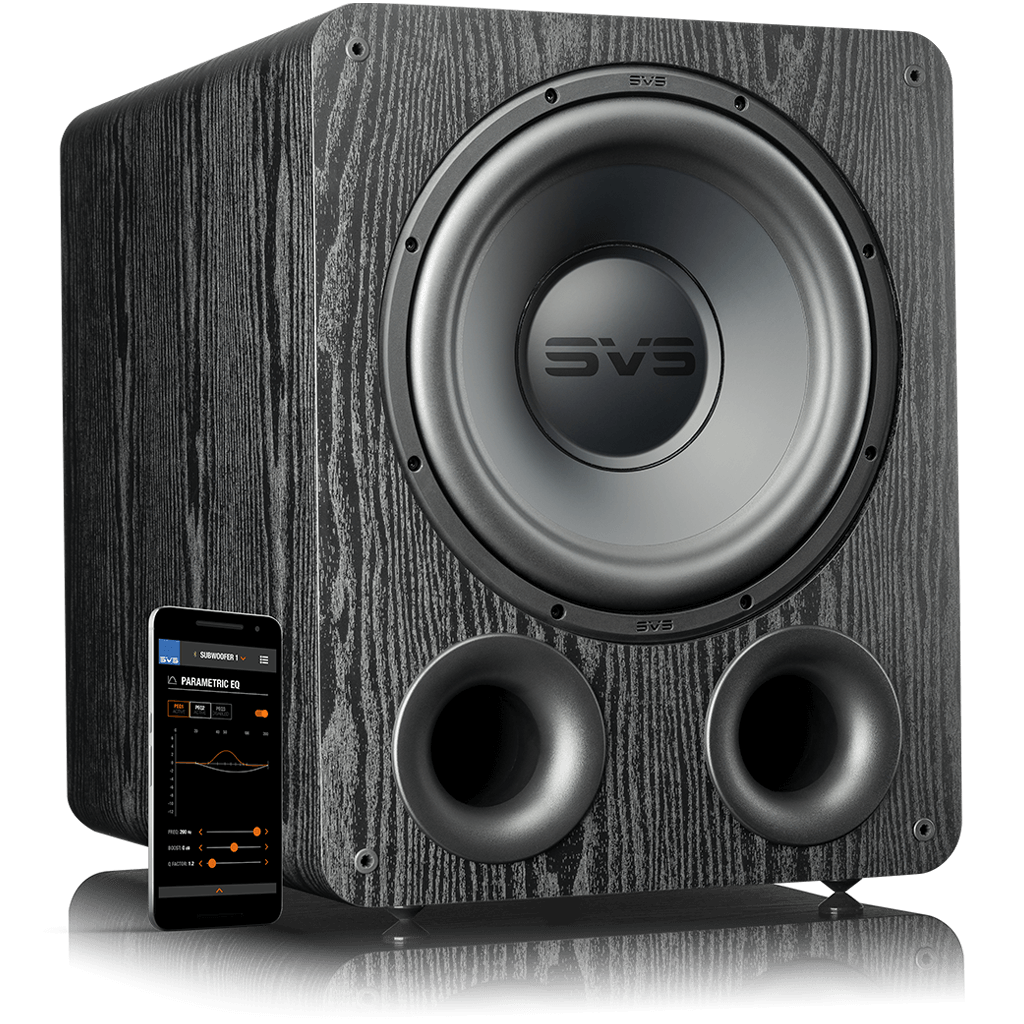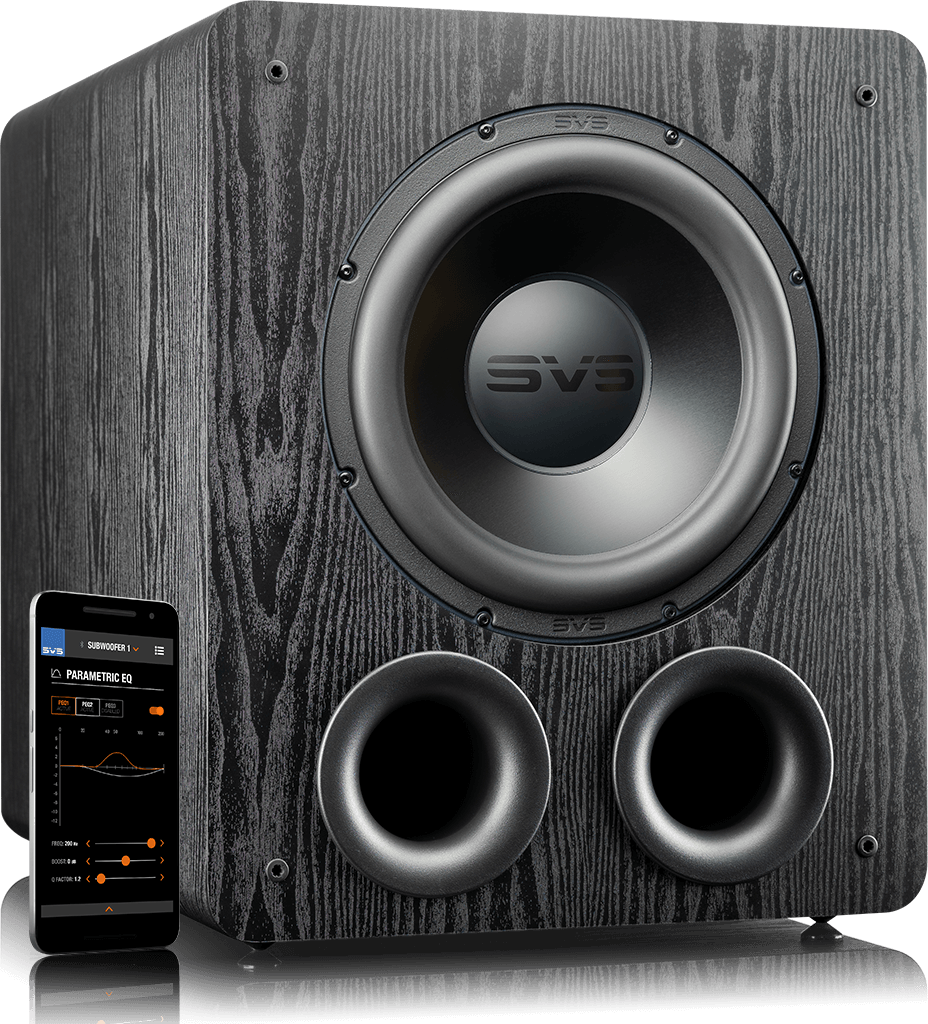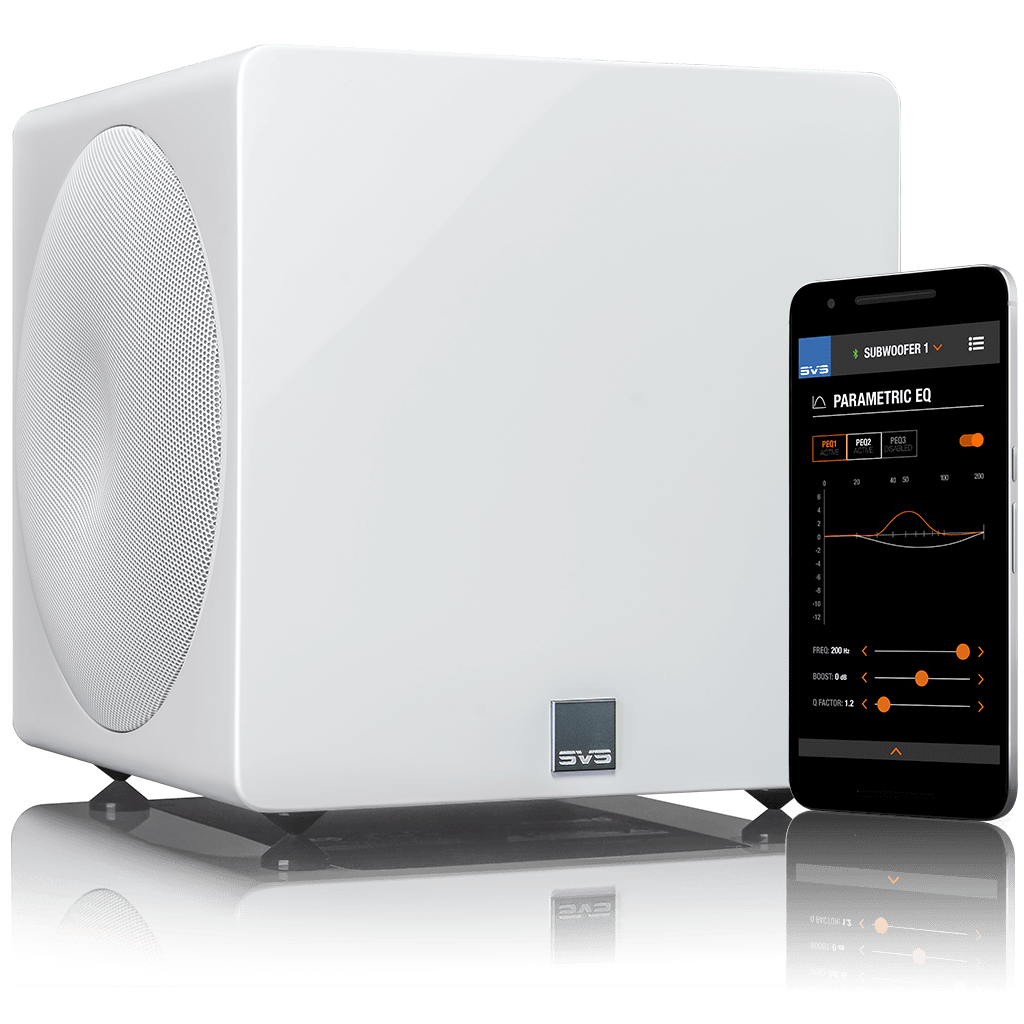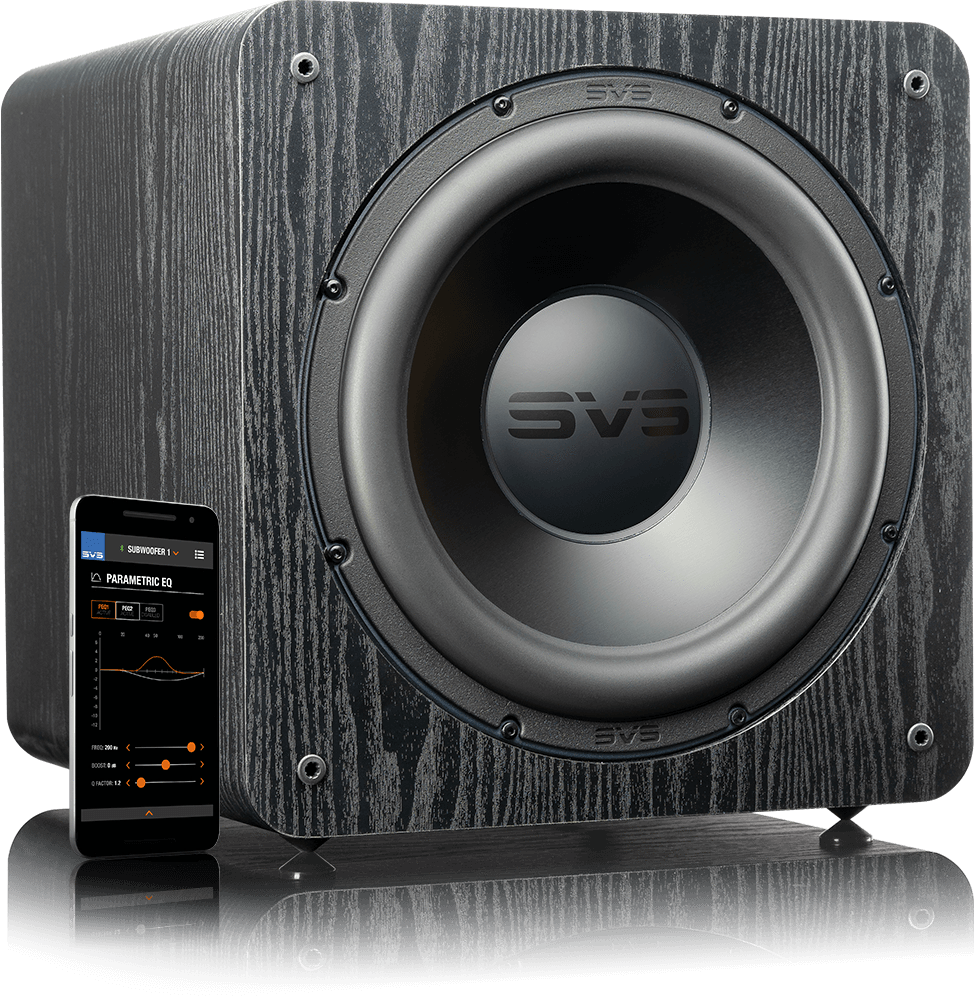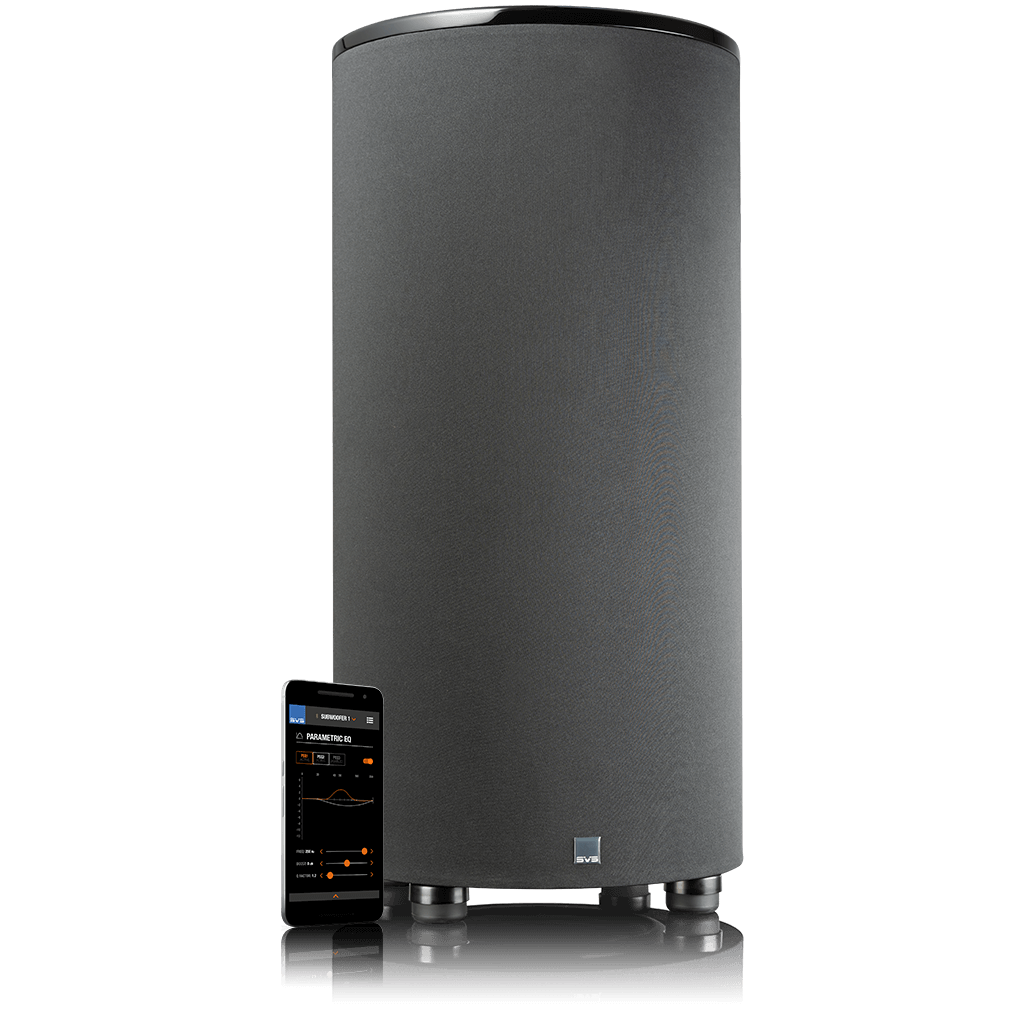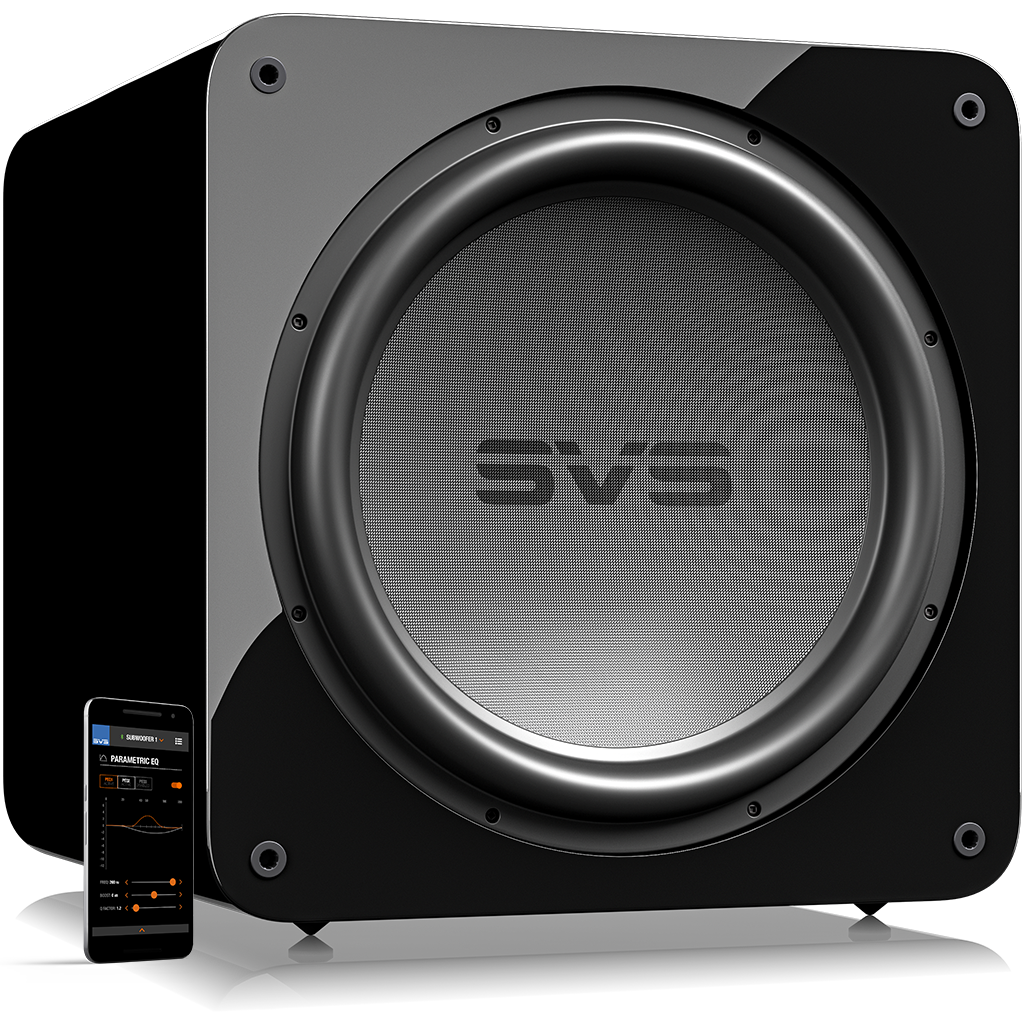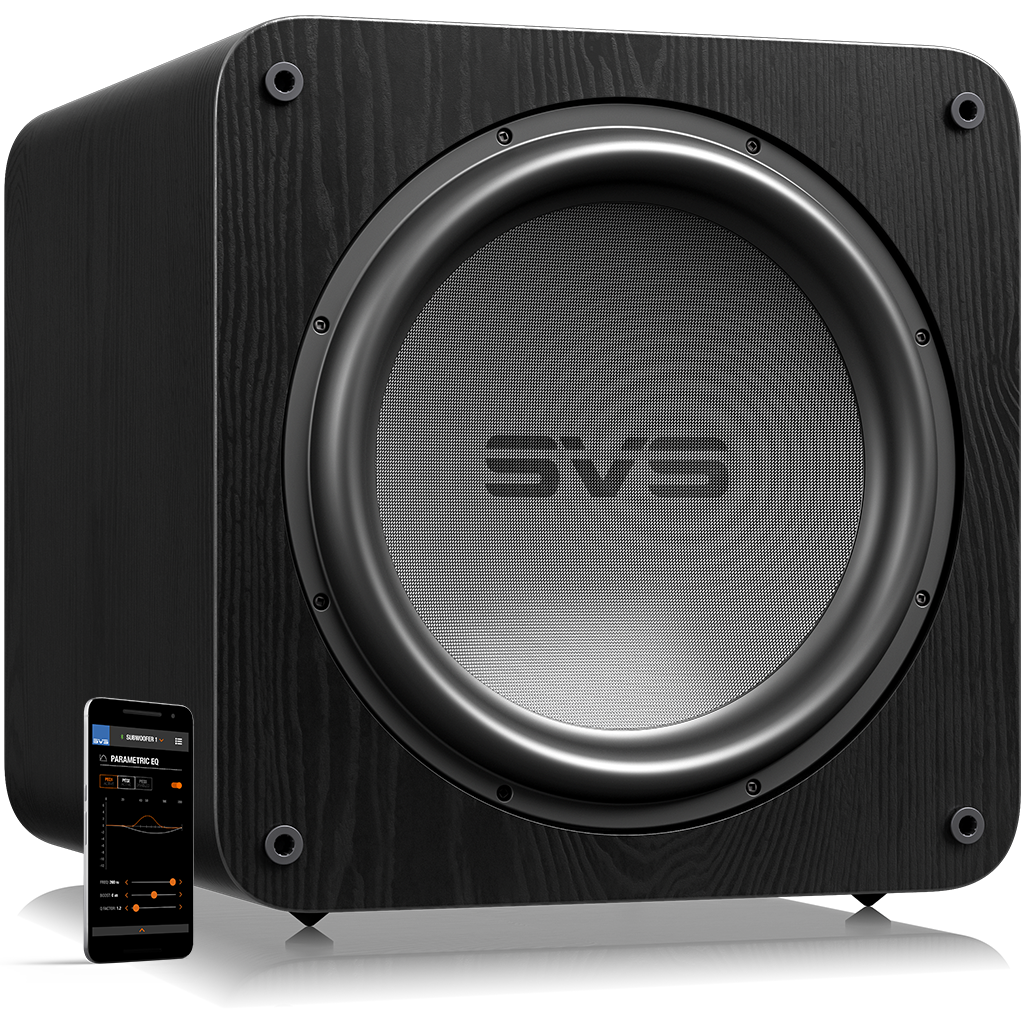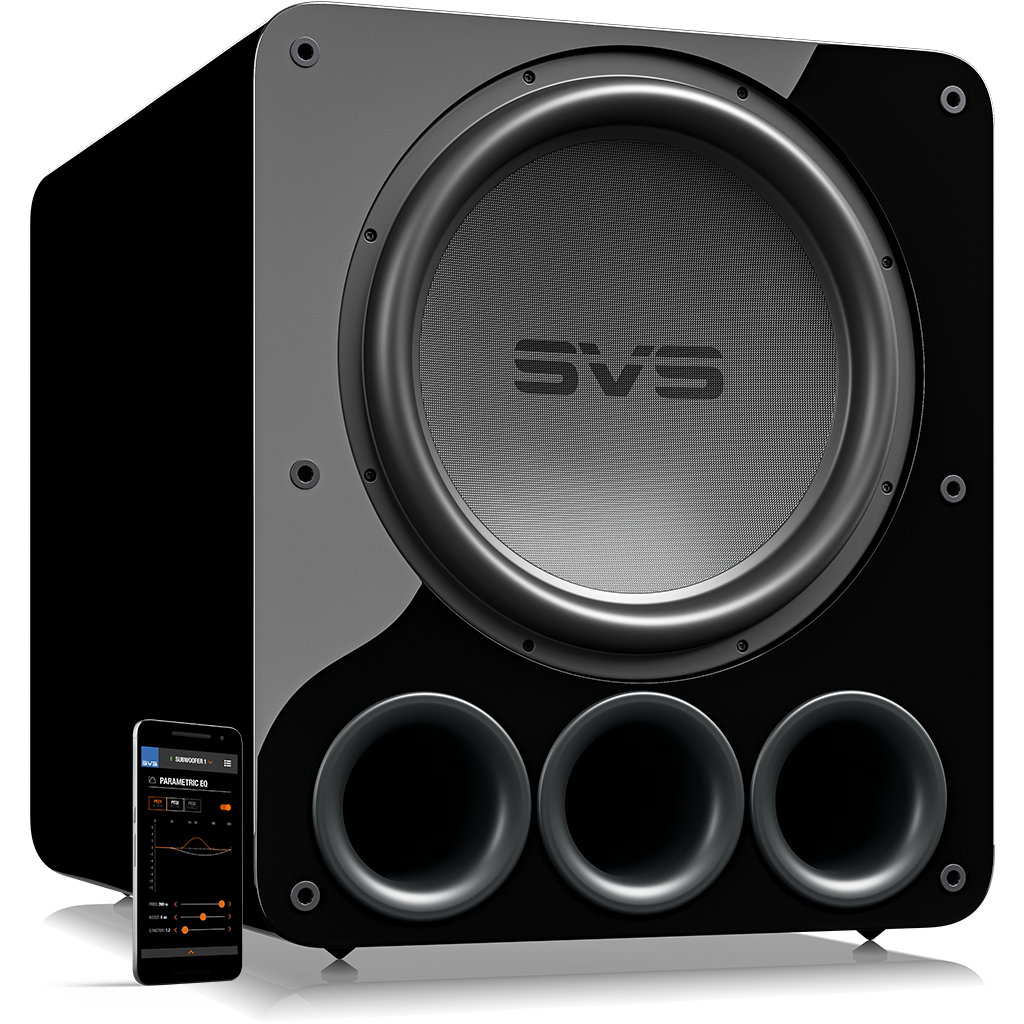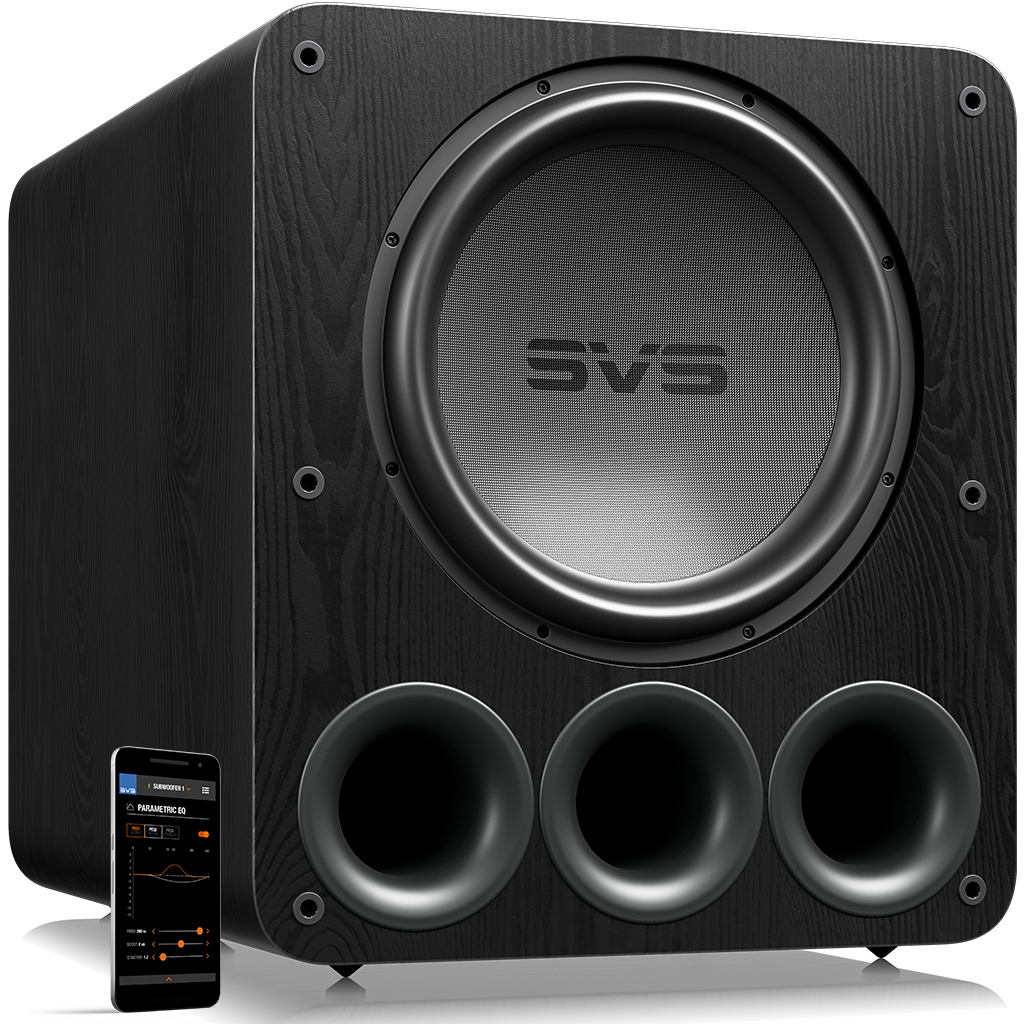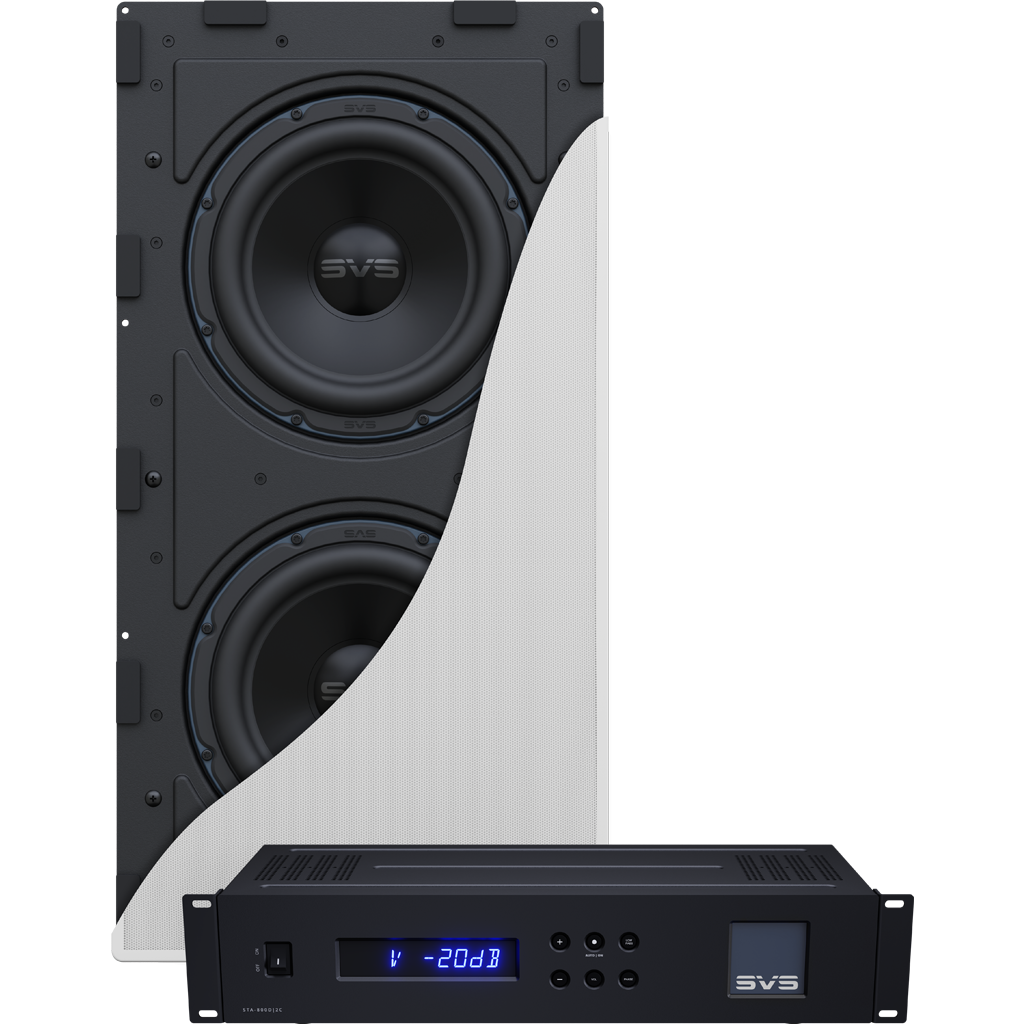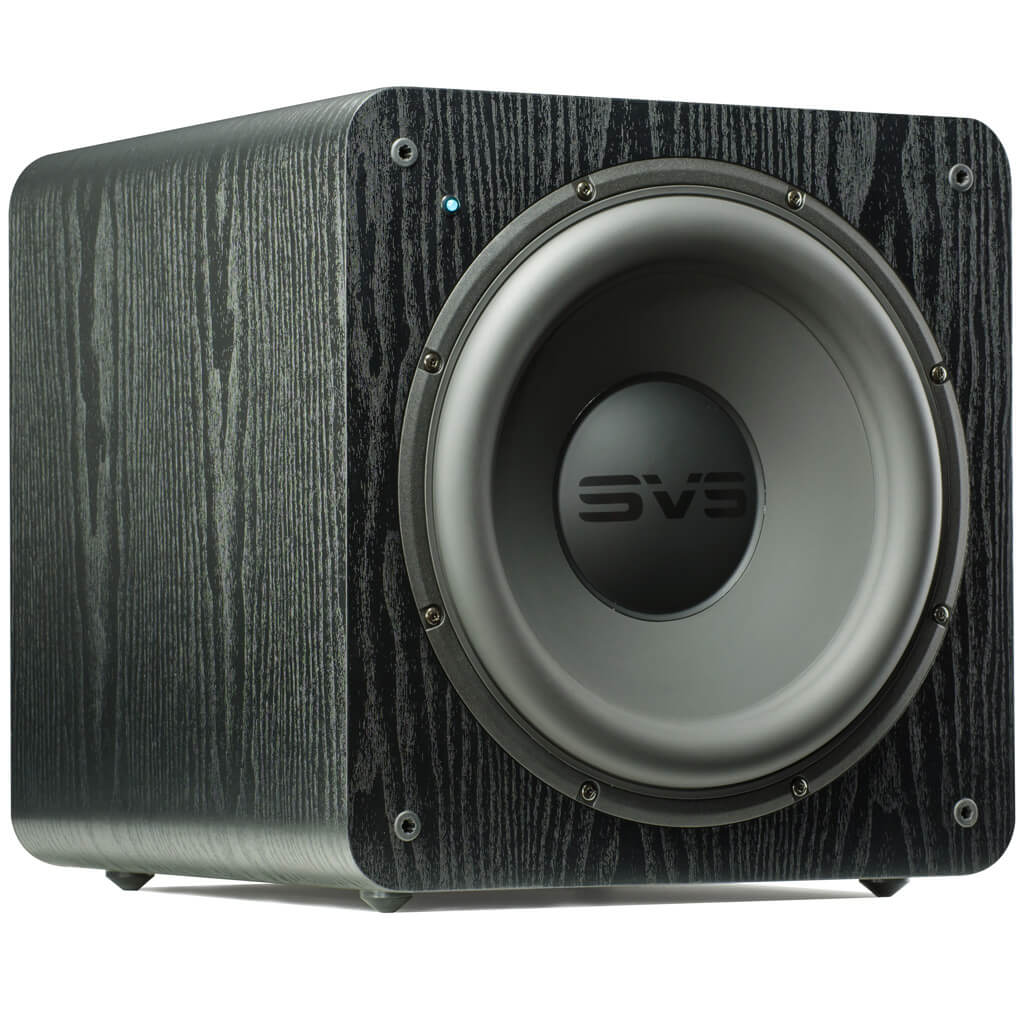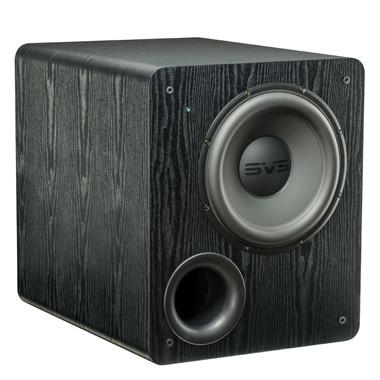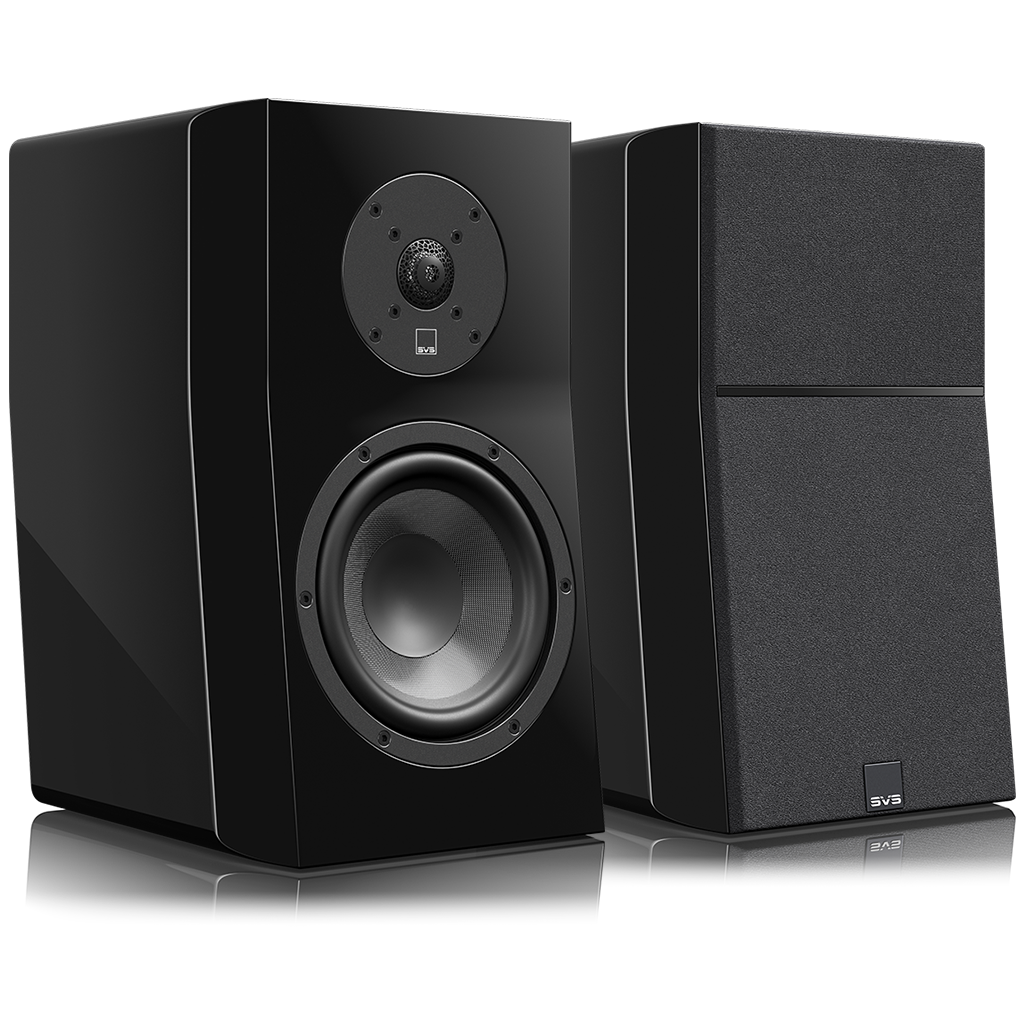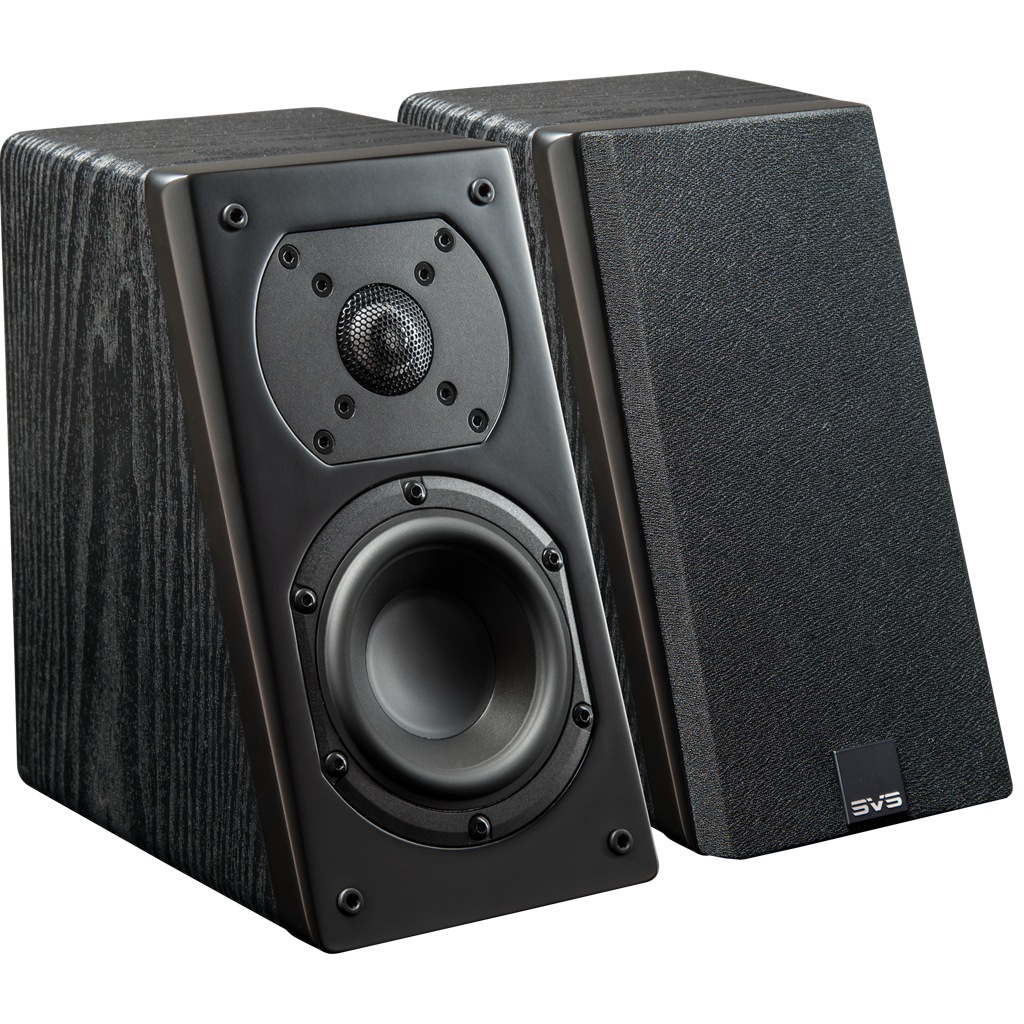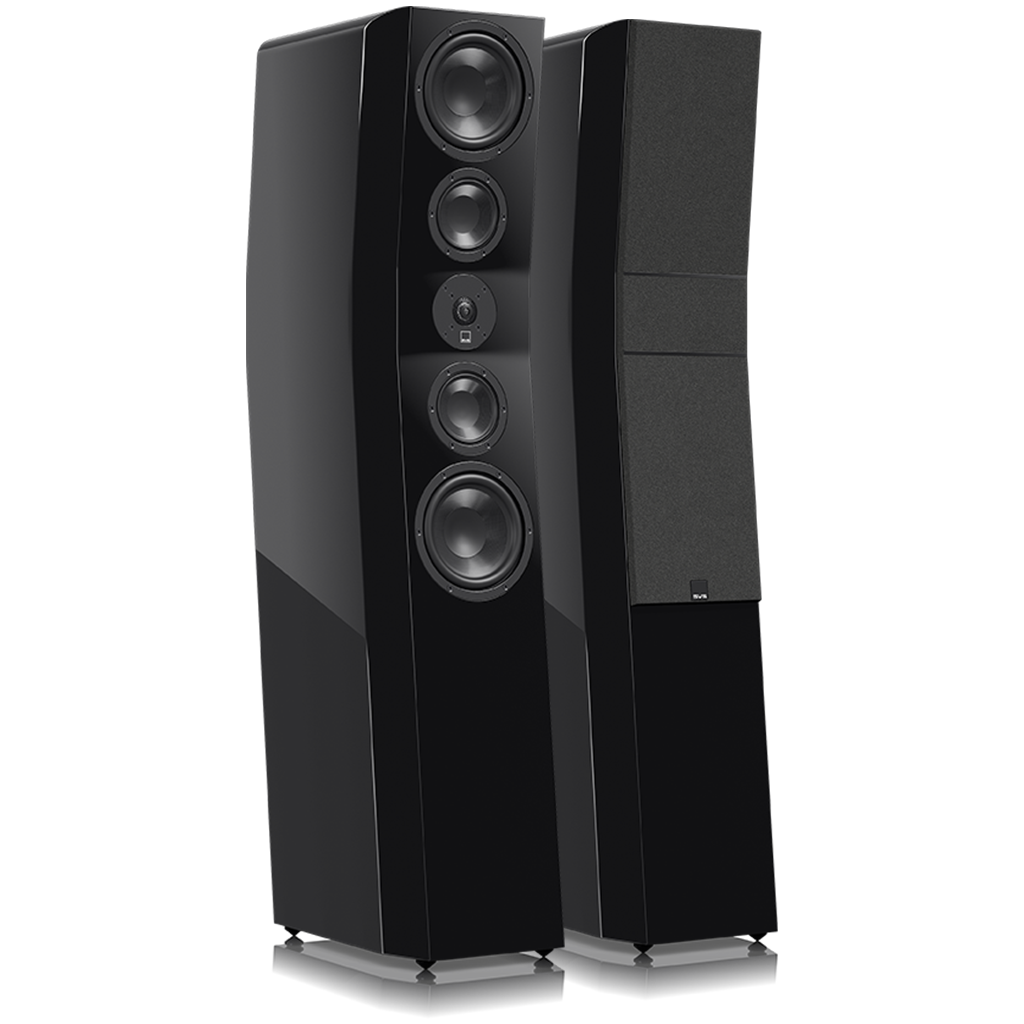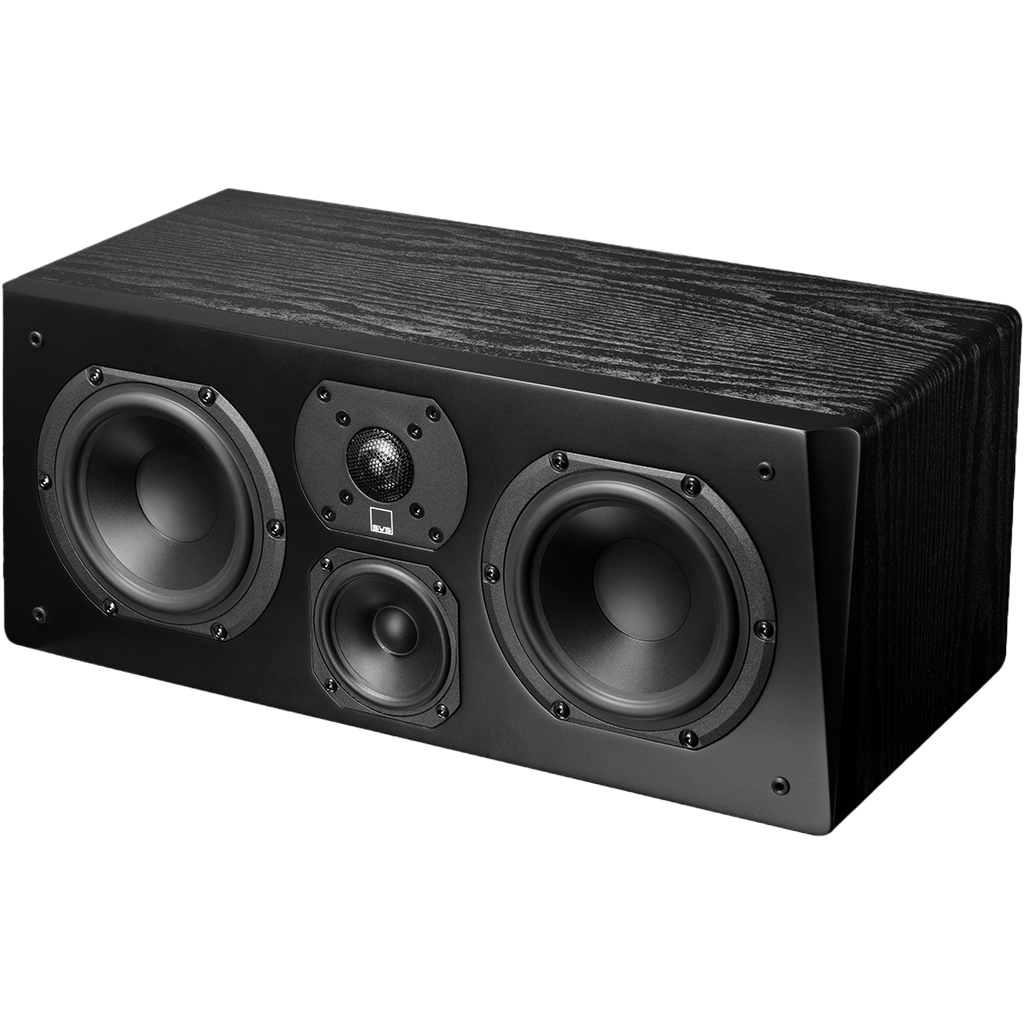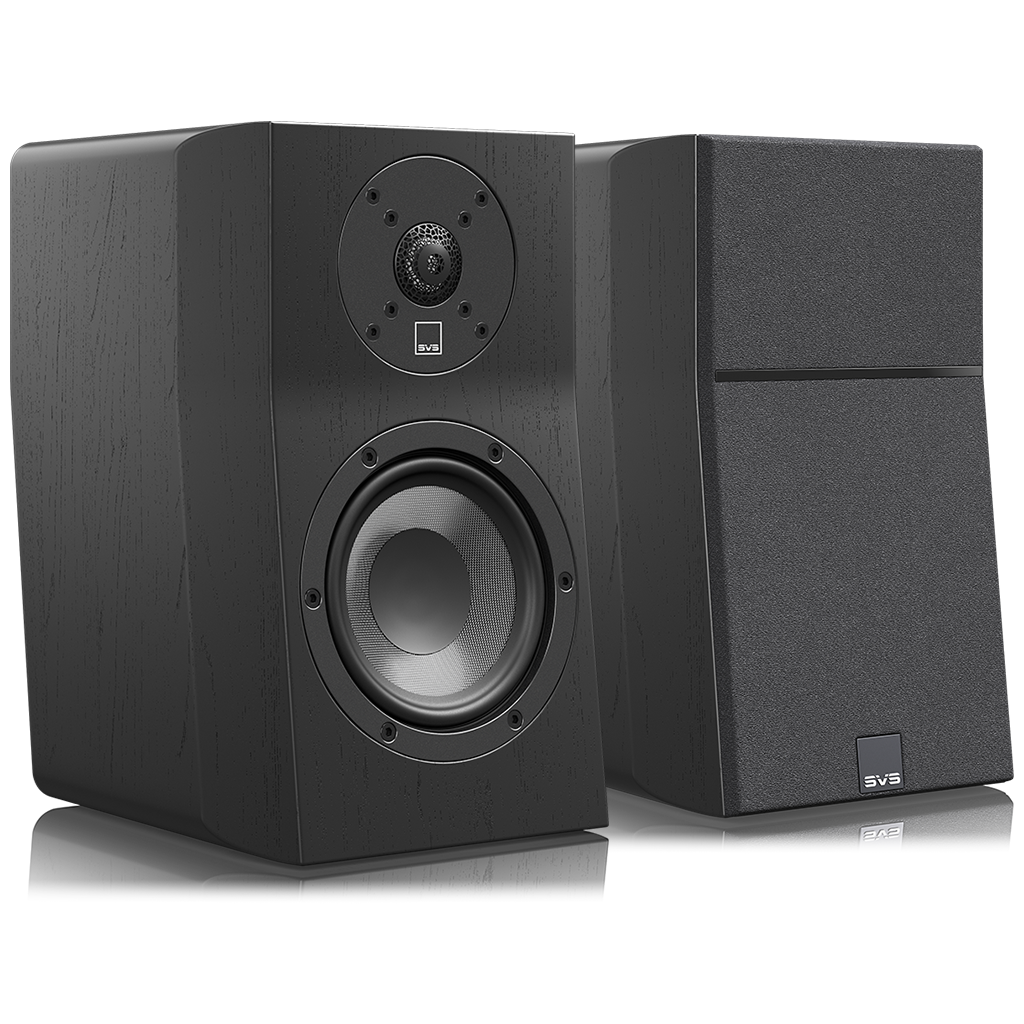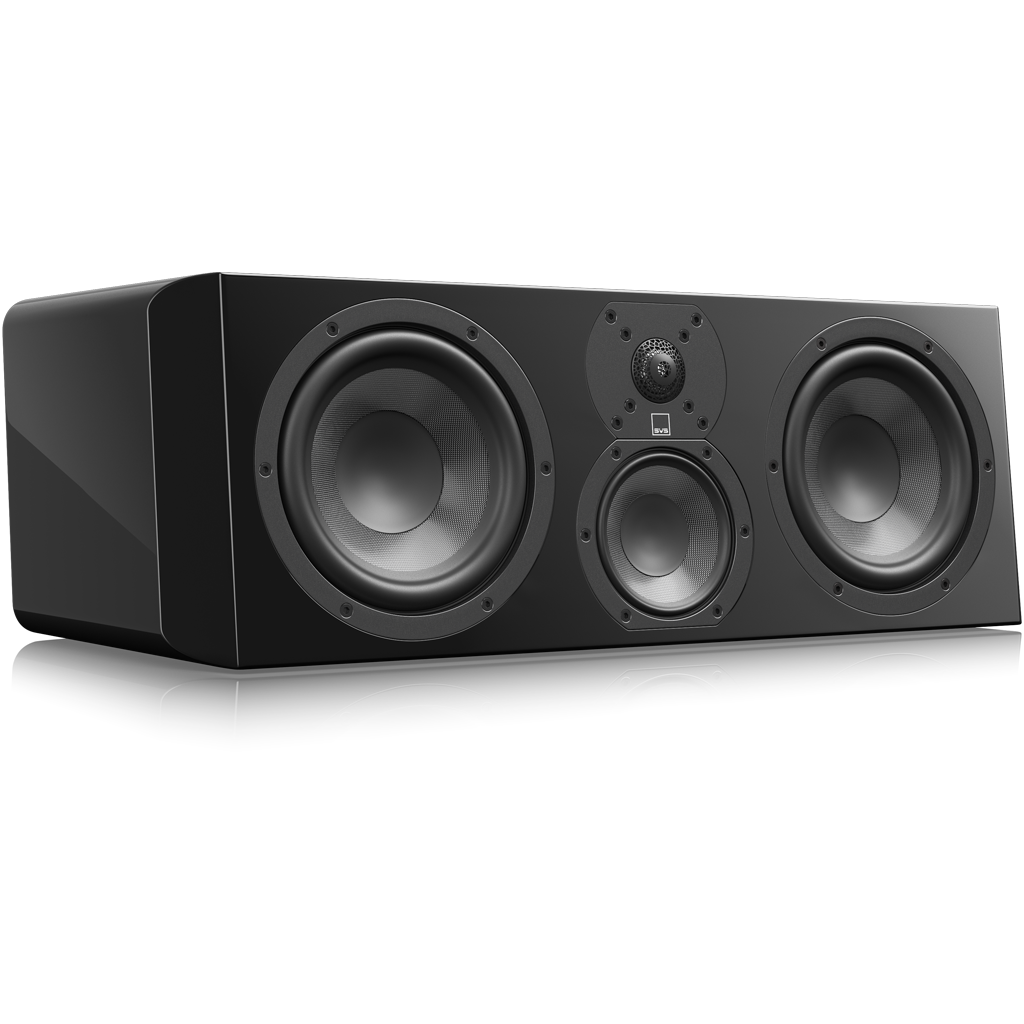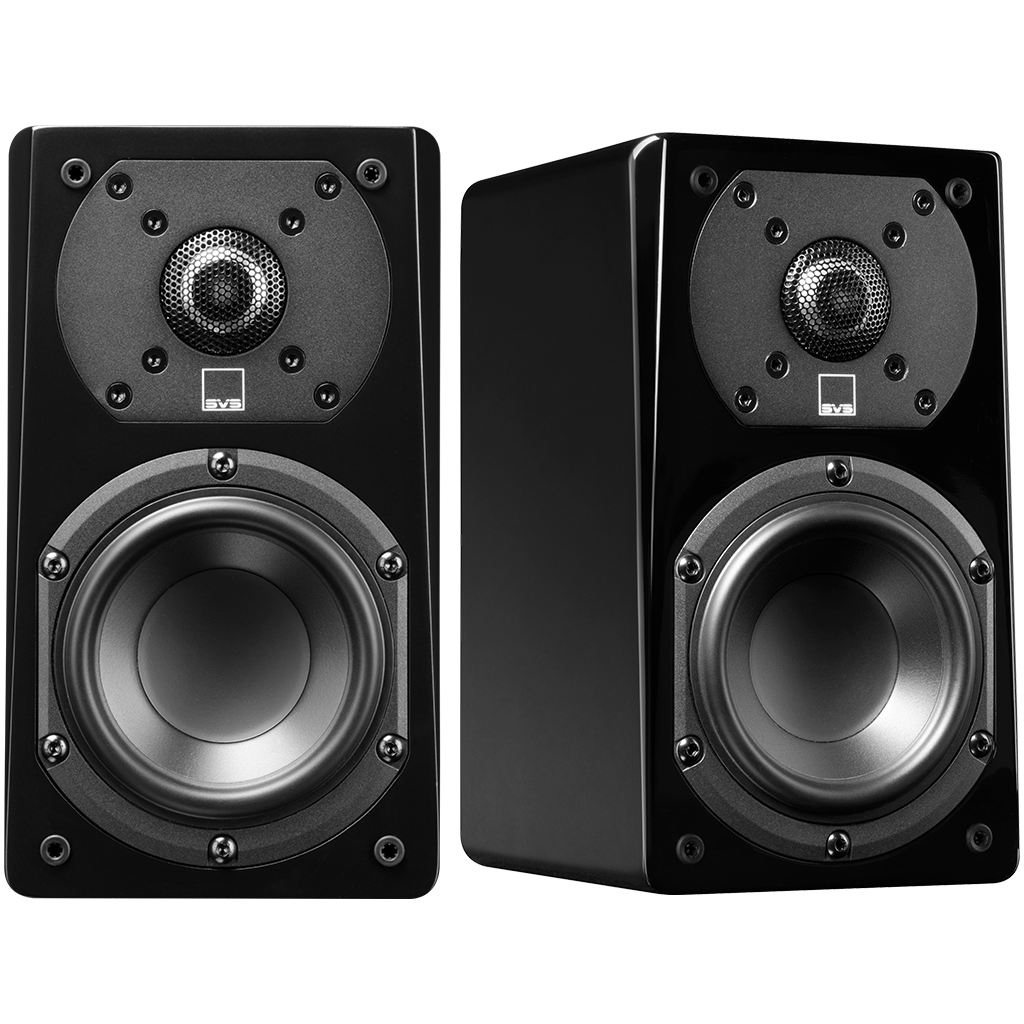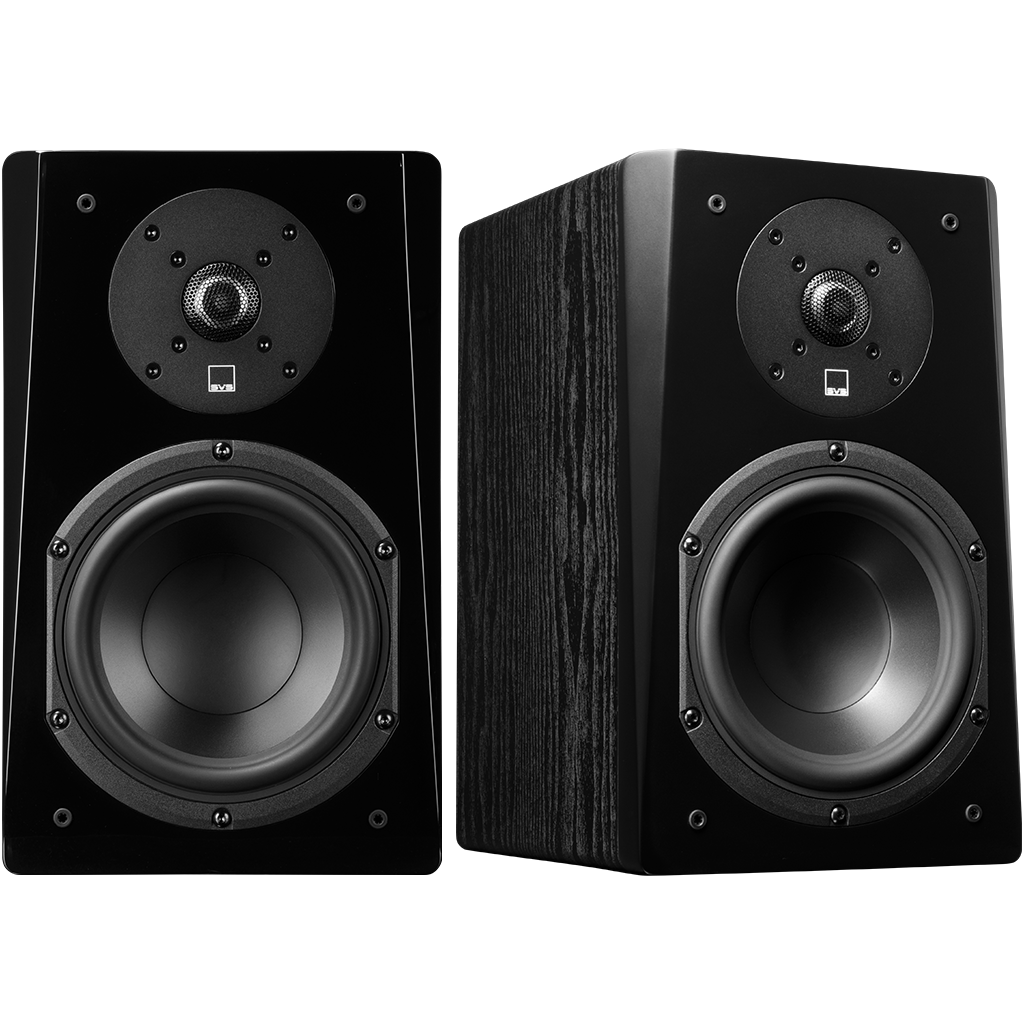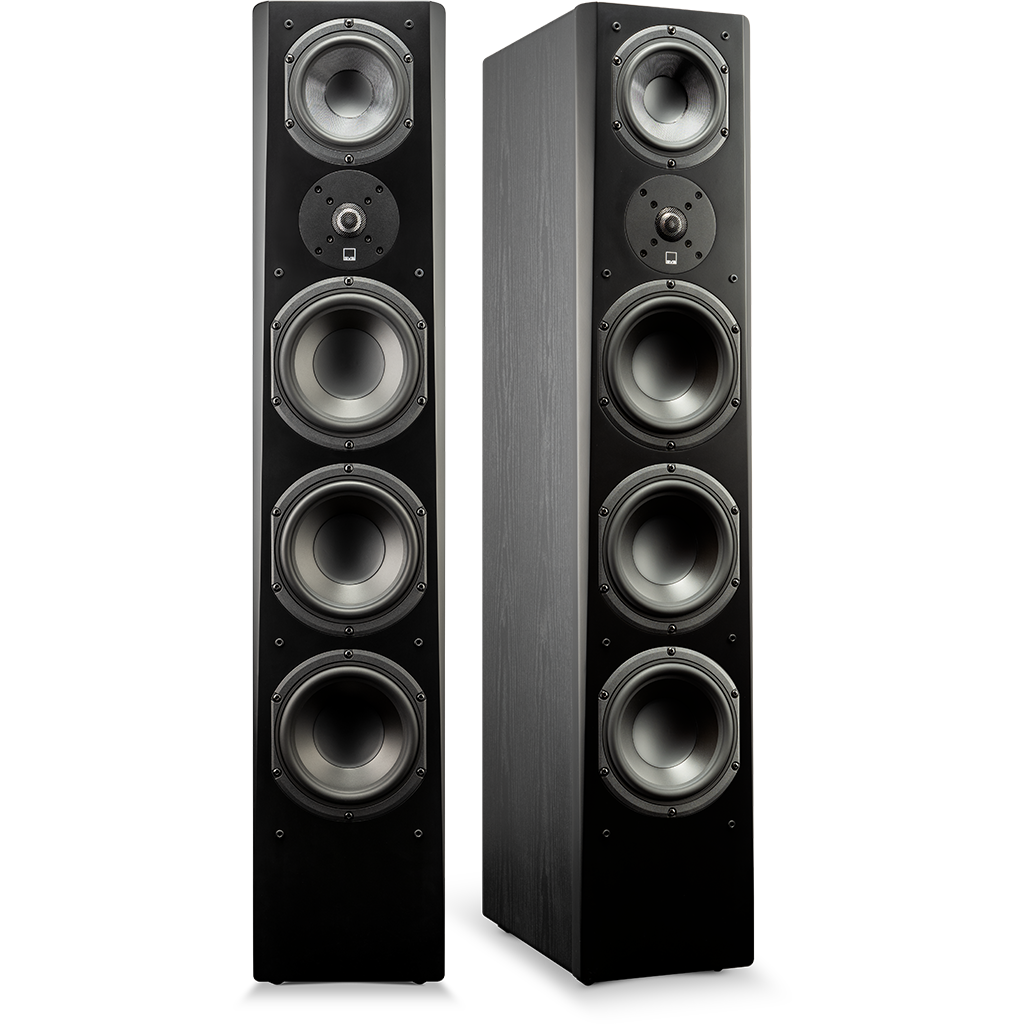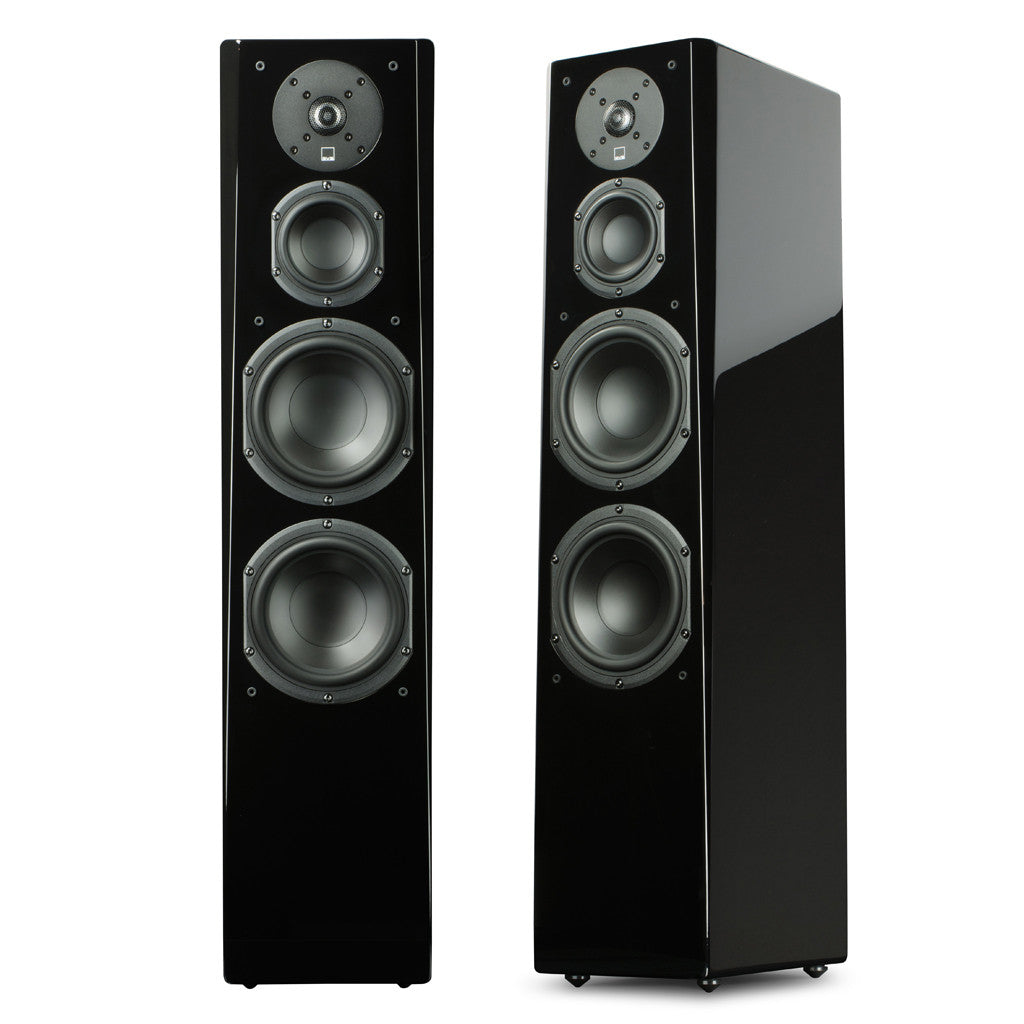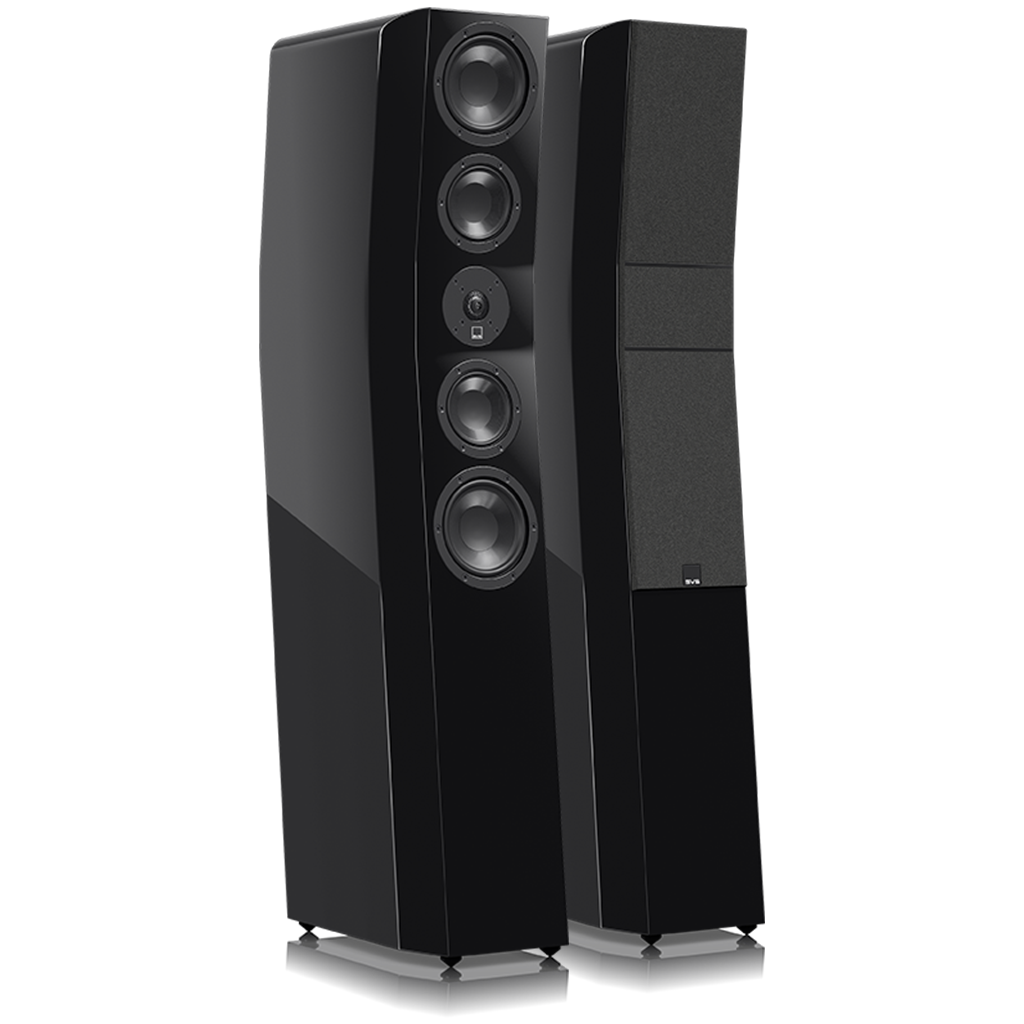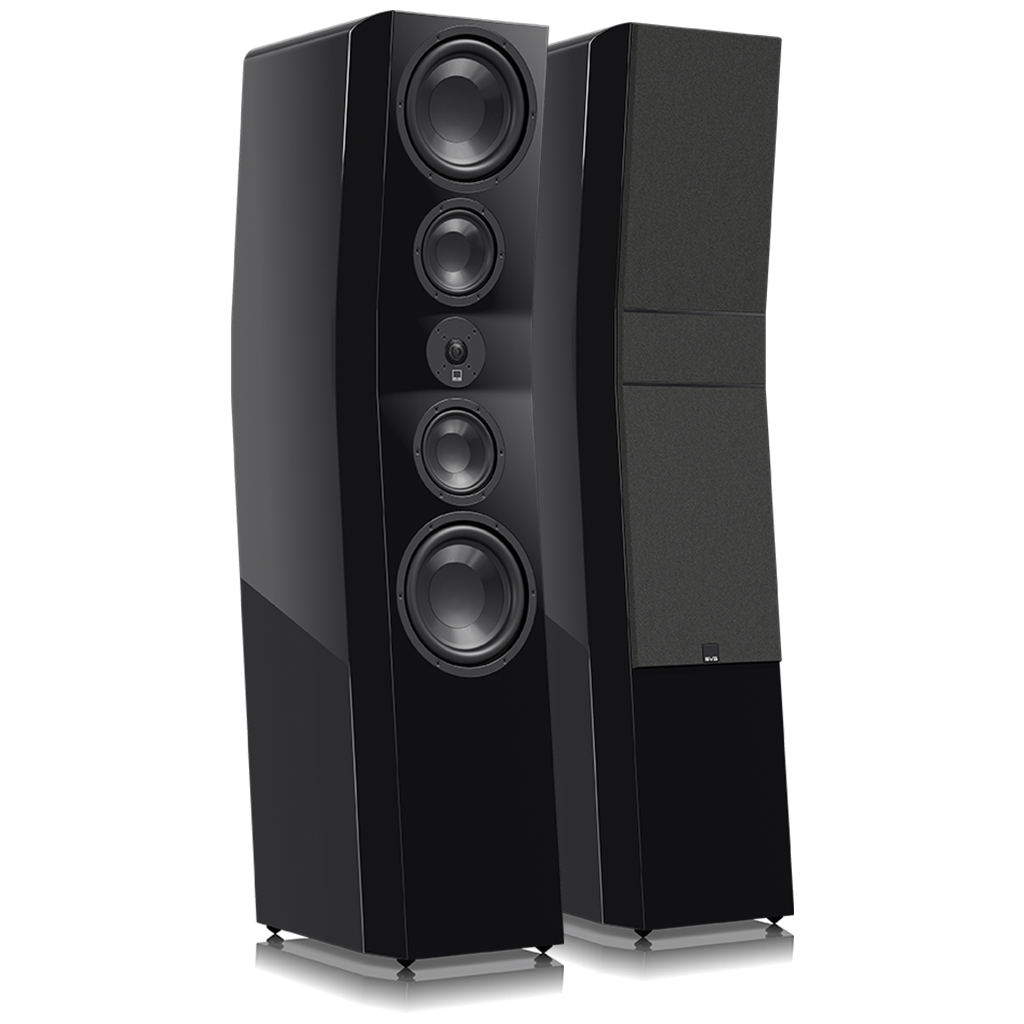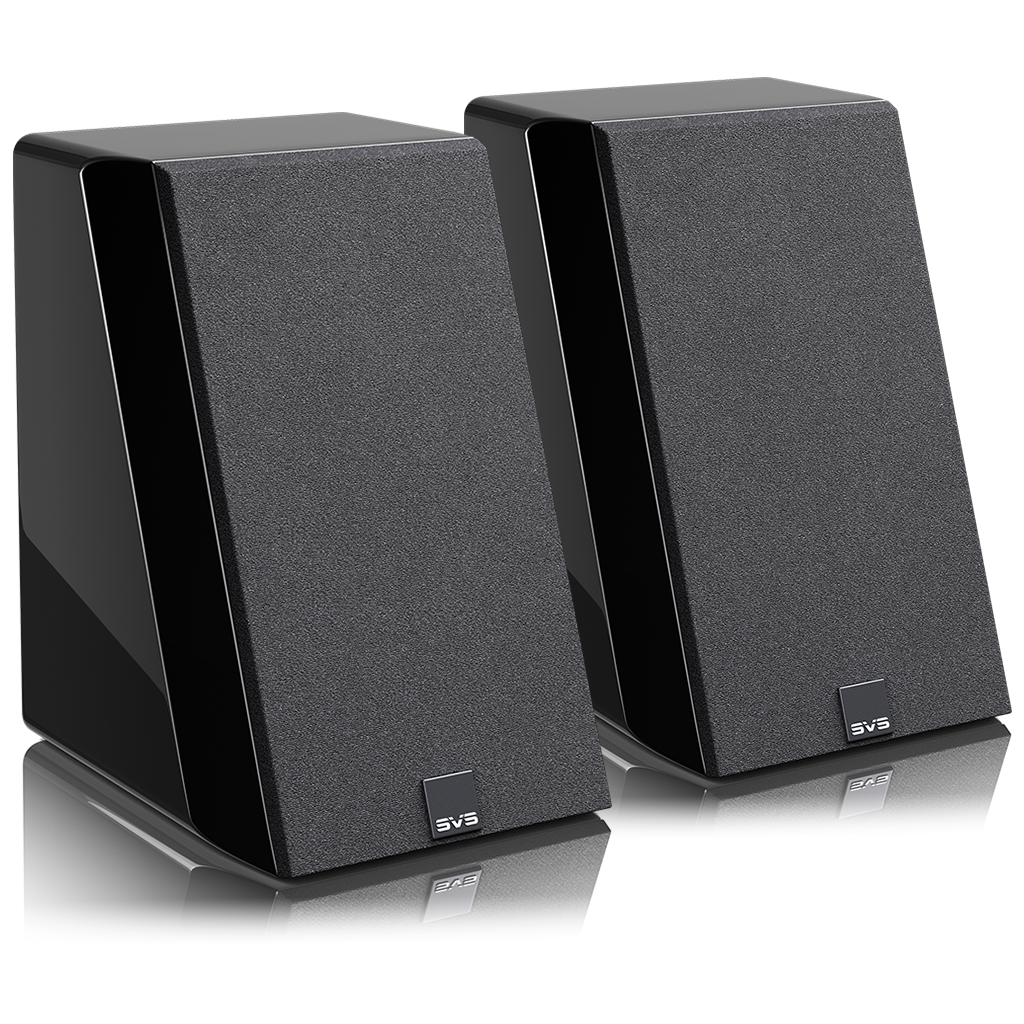Intro to Dolby Atmos Speakers
Introduced in 2012 to commercial cinemas, Dolby Atmos®* incorporates height effects speakers to create special effects which emanate from above the viewer. This brings a new and thrilling dimension of realism to the movie theater experience.
According to Dolby, Atmos is the first audio format based on audio ‘objects’ rather than channels. In Dolby Atmos, any sound—the helicopter, a blaring car horn, a yelling child—can exist as an independent audio object, free of channel restrictions. Sounds can be placed and moved anywhere, including anywhere overhead – placed where they would occur naturally in a scene. Sounds move in three-dimensional space—flowing above and around the listener in step with the visuals to bring a new sense of height and reality.
Dolby Labs has also partnered with many major consumer electronic audio brands to add Dolby Atmos decoding capability to home audio AV receivers and processors. Several Dolby Atmos capable AV processors and Atmos speakers are already available in the marketplace, and Atmos is generating a lot of excitement with home theater enthusiasts.
A nice bonus is that Atmos content does not require a new codec, and instead is an extension of the lossless Dolby TrueHD codec. This means new/recent Blu-ray players will support Atmos without requiring a firmware upgrade (older players may experience compatibility issues). An Atmos-capable AV receiver is also required.
Dolby Atmos In The Home

Images by Dolby Laboratories
Implementing Dolby Atmos in a home theater will involve either mounting speakers high on a wall and having them radiate sound directly down, installing them in the ceiling, or adding Atmos height effects speaker modules which fire upward at the ceiling, thus relying on boundary reflection to provide the illusion that the special effects are originating from overhead.
Dolby Atmos Speaker Configurations:
Dolby offers the following five speaker layout recommendations for an Atmos-capable home theater. Each of these configurations covers direct radiating, up-firing and ceiling-mounted applications.
Dolby refers to two-speaker configurations as ‘essential’ (i.e., meeting the minimum requirement) and four-speaker configurations as ‘premium’.
We recommend the four (4) speaker configurations for the best possible Atmos experience at all listening positions.
- 5.1.2 - 5.1 speaker configuration with two (2) Atmos speakers.
- 5.1.4 - 5.1 speaker configuration with four (4) Atmos speakers.
- 7.1.2 – 7.1 speaker configuration with two (2) Atmos speakers.
- 7.1.4 – 7.1 speaker configuration with four (4) Atmos speakers.

Image by Dolby Laboratories
DIRECT RADIATING HEIGHT EFECTS SPEAKERS
Height effects speakers like the SVS Prime Elevation radiate full-range sound directly to the listener without the frequency response limitations and perfect room conditions required of standard “ceiling bounce” height effects speaker designs. These speakers can be placed high on a wall near the ceiling so object based surround sound can be enjoyed at full fidelity in any room, without the compromises of ceiling bounce or in-ceiling speakers.
CEILING BOUNCE ATMOS ELEVATION SPEAKERS
Dolby has applied for six patents for the up-firing Atmos Elevation speaker technology. Dolby is licensing this technology for loudspeaker manufacturers who wish to offer a Dolby-certified Atmos Elevation module. A primary feature of the Atmos Elevation speaker is a target frequency response commonly referred to as a “Head Related Transfer Function” (HRTF). The HRTF response is achieved through modifications to the loudspeaker crossover design. Without delving too deeply into the psychoacoustics of the subject, the HRTF response (when reflected off the ceiling) is designed to provide the illusion the sound effects are coming from overhead.
Overall, we’re not fans of the up-firing speaker concept. It requires a ceiling height of 8-9 feet, so vaulted ceilings or exposed beams/rafters are a non-starter. Even if the ceiling height is within spec, the reflective properties of ceilings are simply too inconsistent (e.g., suspended ceiling tiles, popcorn coatings, acoustic sound panels, etc.) to always provide the intended effect. Furthermore, in actual use the ‘sweet spot’ for convincing overhead sound effects is much smaller than compared to overhead speakers.
Alternative Mounting Options

We believe that two (or four) direct radiating height effects speakers or small Satellite speakers wall-mounted near the ceiling and angled downward at the listening position easily outperforms the up-firing option, and is easier to install and considerably more affordable than the in-ceiling option, while offering similar performance.
Additionally, the high wall-mount option (if the speakers are carefully positioned with some forethought) would be compatible with the emerging DTS:X® and Auro-3D® surround sound formats, which (similar to Atmos) features overhead sound effects.
For these reasons we suspect the high wall-mount option (while not officially endorsed by Dolby) will become the most popular, affordable and practical solution to enjoying the next generation of surround sound formats.
Currently Available Source Material
The excitement and buzz about Atmos has continued to drive the demand for Atmos encoded Blu-ray discs. This collection of thrilling home theater content grows more and more with each new movie release.
*Does not imply Dolby Labs’ endorsement.




